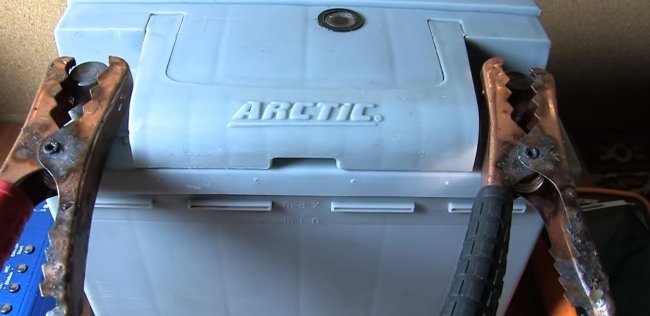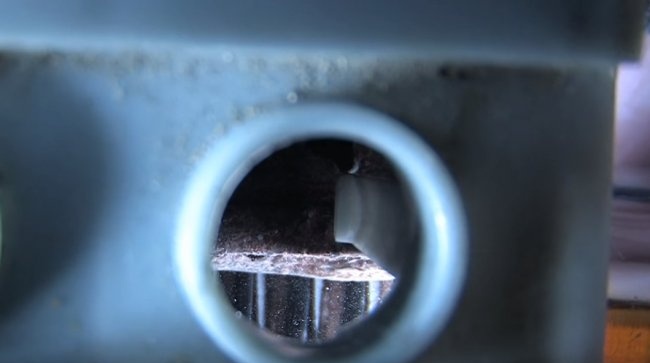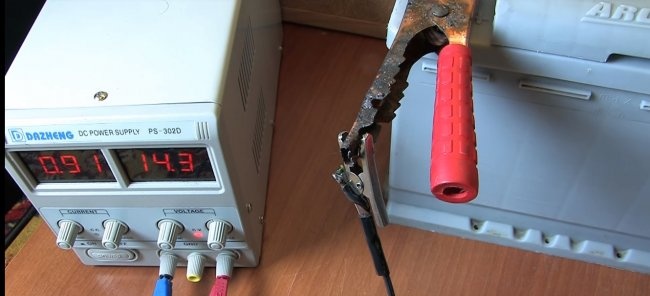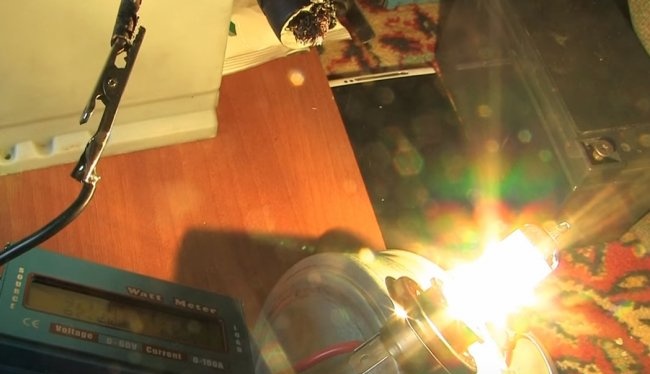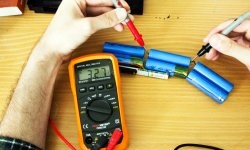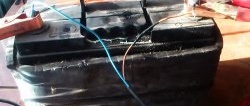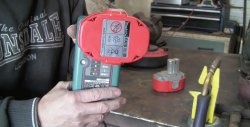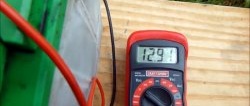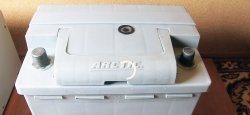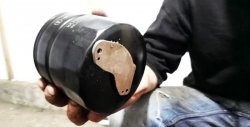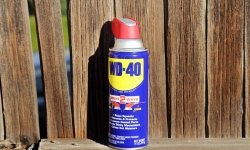Even during the most correct use, the battery loses its capacity every day. And at one point, its charge is not enough to start the car engine. This example worsens with the arrival of cold weather.
Naturally, the car enthusiast puts the battery on charge and after some time sees that the battery is not charging, and the charging voltage is as normal - 14.4-14.7 V or higher (12.6 without a charger).
Then, if there is a load fork, it is checked and it turns out that under load the voltage drops significantly. Everything points to a loss of battery capacity. The reason for this is sulfation of the plates.
Usually, with proper use, this occurs after about 5 years. This is a very good indicator. And here there is a solution - buy a new battery. But, if you want to save money (since batteries are not cheap now), and extend the life of the battery for another couple of years, then it is necessary to carry out its maintenance.And not a simple one, but a special one that can revive the battery.
What batteries can be restored?
This method is suitable for batteries that have not been subject to serious current or mechanical damage during their operation. And they became unusable as a result of temporary, natural sulfation.
This method is not suitable for batteries that have internal shedding of plates, internal shorting of cans, swelling or other mechanical damage.
The method is excellent for desulfating plates and is popularly called the battery “reversal” method.
I will divide the battery recovery into three stages.
Battery recovery process
Stage one: preparation
The first thing that is not necessary, but you need to do it, is to clean the surface of the battery from any dirt. Wash the entire surface with detergent.
Next, visually verify that there is no damage to the case, that there are no swellings or bulges on the sides.
Second, open all the caps of the cans and make sure there is electrolyte. If one of the cans does not have it, then you need to make sure that there are no cracks in the body.
Then, use a flashlight to inspect the plates inside - there should be no shedding. Here you can clearly see sulfation - a white coating on the plates.
If everything is in order, add distilled water to each jar to the level. It would be a good idea to measure the electrolyte density of each compartment.
Stage two: the classic recovery method
Before proceeding to reversing the battery polarity, it is necessary to test the usual recovery method, which has already become a classic.
Step one: charge the battery until it is fully charged at 14.4 V.
Step two: Using a halogen light bulb or other load, we discharge the battery to 10.6 V (the voltage is measured under the same load).
We repeat the cycle of these two steps 3 times and charge the battery to full. We check the capacity with a load fork or starter while the machine is running. If the battery is restored - good - continue operation. If not, or not enough, then move on to the third stage.
Stage three: reversing the battery polarity
This battery restoration method is the most effective of all existing ones. And it revives the battery in almost 90% of cases.
Step one: We hang a load on the battery in the form of a halogen lamp, and discharge the battery to zero. The lamp will go out in about a day (it all depends on the initial capacity of the battery). We leave the battery with the lamp connected for another 2-3 days to completely discharge the remaining residues.
Step two: charging the battery with reverse current. We connect the charger in reverse: plus to minus, and minus to plus. To avoid damaging your charger (or to prevent short circuit protection from tripping), we connect the same halogen lamp in series with the batteries. And charge the battery in reverse polarity. After the voltage has risen to 5-6 volts, the lamp can be removed from the circuit. It is advisable to set the charge current to 5 percent of the battery capacity. That is, if the capacity is 60 ampere-hours, then we set the charge current in the reverse direction to 3 Amperes. At this time, all the jars with electrolyte begin to actively bubble and hiss - this is normal, since the reverse process is taking place.
We charge for about a day, until a voltage of 12-14 V appears. As a result, you have a fully charged battery with a positive output - minus, and a negative output - plus.
Step three: Again we completely discharge the battery with a halogen lamp for a couple of days.Then we charge correctly, plus to plus, minus to minus. We charge fully up to 14.4 V.
This completes all actions.
Result of battery recovery
Usually the result helps to increase the battery capacity to 70-100% of the factory one, of course there are exceptions.
Specifically, in my case, I managed to increase the capacity by 95% - which is an excellent result. The white sulfate coating disappeared from the plates, and they became black, like a new battery. The electrolyte has become more transparent and pure.
Battery recovery video
I recommend that you watch a video where a completely “dead” battery that is about 10 years old is restored.
At first there is a “swing” with a change in the polarity of the power supply, and almost at the very end a full cycle of polarity reversal is already given.


